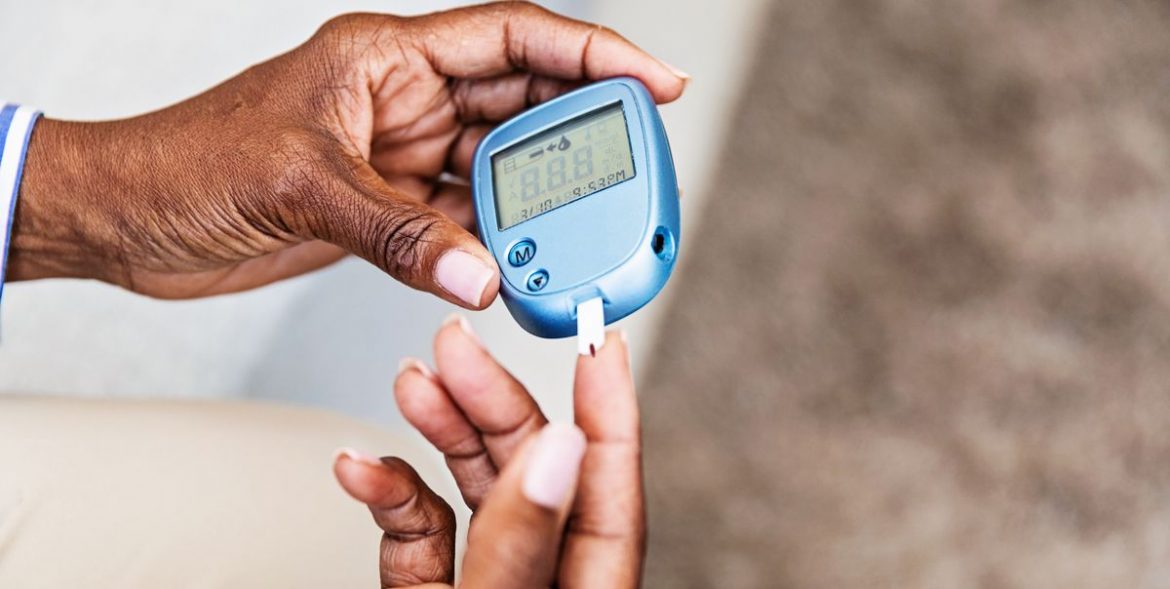The use of novel fusion proteins in simple and accurate glucose meter-based testing has been described by researchers. They believe that one day, people will be able to use this assay to monitor their SARS-CoV-2 antibody levels.
The findings were reported in the American Chemical Society Journal (ACS). Vaccines against SARS-CoV-2 and infection with the virus can protect against subsequent infections for a while, but how long that protection lasts is unknown. A person’s level of SARS-CoV-2 antibodies is an excellent indicator of immunological protection, but the gold standard test – the enzyme-linked immunosorbent assay (ELISA) – is costly and needs skilled personnel.
Introducing glucose metres, which are widely available, simple to use, and may be linked to remote healthcare services. Researchers have been modifying these devices to detect different target chemicals while also producing glucose.
If a detecting antibody in the test attaches to an antibody in a patient’s blood, a reaction happens that creates glucose, which the instrument detects extremely effectively. Invertase is an appealing enzyme for this sort of research since it transforms sucrose to glucose, but chemical methods make attaching the enzyme to detecting antibodies problematic.
So Netzahualcoyotl Arroyo-Curras, Jamie B. Spangler, and colleagues wanted to explore if creating a fusion protein containing both invertase and a detection antibody would work in an experiment that would allow SARS-CoV-2 antibody levels to be measured using a glucose metre.
The researchers created a unique fusion protein that contains invertase as well as a mouse antibody that binds to human immunoglobulin (IgG) antibodies. They demonstrated that the fusion protein was linked to human IgGs and was capable of producing glucose from sucrose. The scientists then created test strips containing the SARS-CoV-2 spike protein. SARS-CoV-2 antibodies bind to the spike protein when dipped in COVID-19 patient samples.
The addition of the invertase/IgG fusion protein, followed by sucrose, resulted in the formation of glucose, which could be measured using a glucose metre. They tested the test by using glucose metres to analyse a range of patient samples and discovered that the novel assay performed as well as four different ELISAs. According to the researchers, the approach may also be used to screen for SARS-CoV-2 variations and other infectious disorders.
Follow Medically Speaking on Instagram





